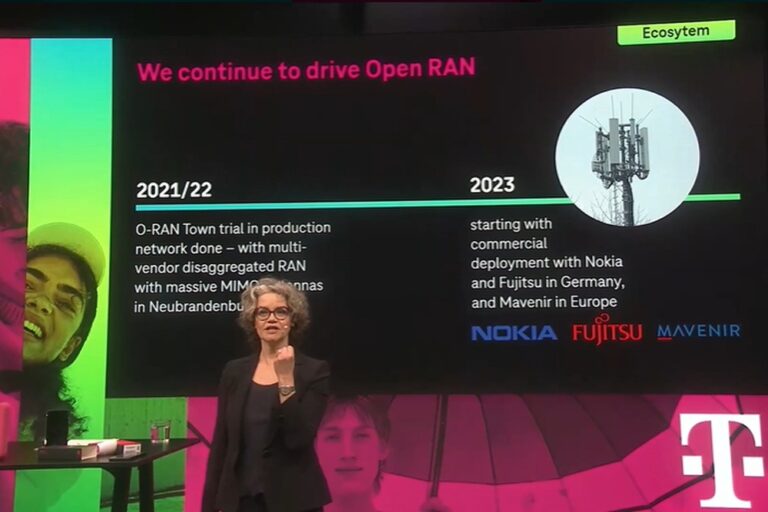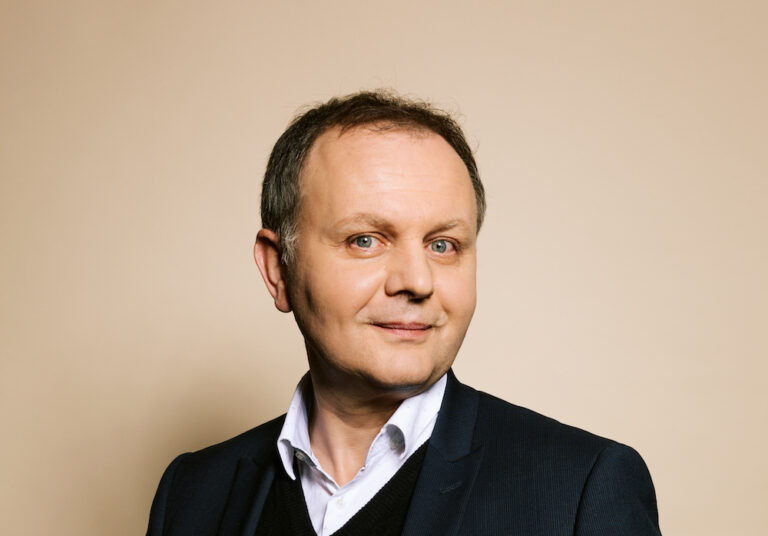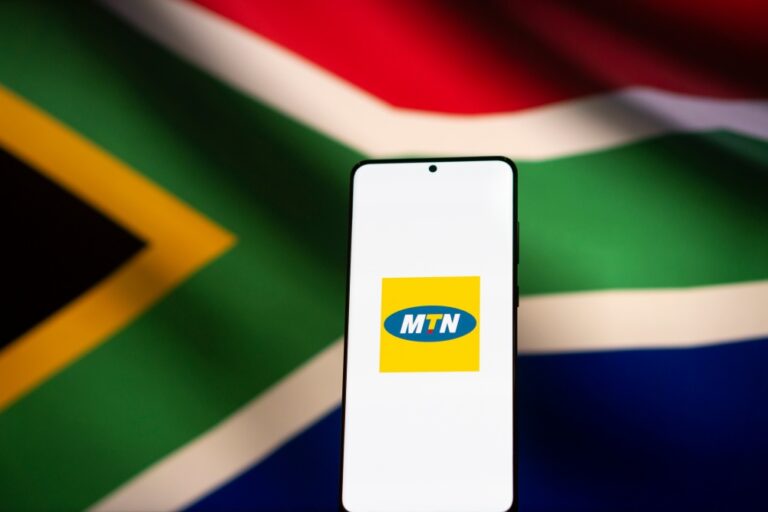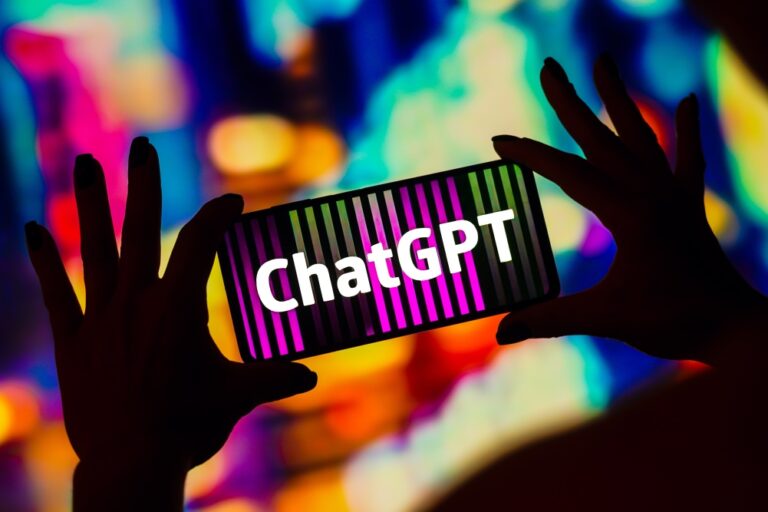Almost any device can work the IoT now
Danish Internet of Things (IoT) specialist Onomondo is on a mission to help create $12.6 trillion of valuable work by 2030, mainly by cutting the waste from industrial processes. It’s contribution to the challenge is to empower more devices to become useful IoT team members, and it aims to execute on the plan by making them all interoperable, through the invention of the SoftSIM. This is the machine equivalent of the English language for human communication in business. You can keep have whatever syntax you like, in any stack, as they will be connected by machine consciousness called SoftSIM.
Interoperability is crucial to getting the full power from the IoT, but current technology stacks are mostly fragmented and siloed, according to Onomondo. This means there are too many barriers to IoT adoption today, ranging from management costs, pointless skill shortages and slow installation times. These delays are mainly caused by intransigence across the ecosystem. No matter how advanced hardware or the cloud is, these minimal advantages are neutralised if the connectivity component is in solitary confinement in a legacy telecoms prison.
Onomondo has sought to rethink what’s possible within IoT connectivity through its latest innovation – SoftSIM – and a new collaboration with SIMCom.
The SoftSIM, Onomondo claims, is the world’s first IoT SIM that does not believe in the omnipotence of the software or hardware-controlled SIM. Unlike eSIMs, or eUICC, it needs no hardware or chips at all but resurrects the modules that already exist on IoT devices. So Onomondo’s IoT SIM can be stored and executed as a sort of faith-based set of raw instructions. For users, these IoT codes unify the flock of devices who abandon their habitual lock-ins and unnecessary costs thanks to Onomondo’s operator-agnostic approach.
The technical explanation: By integrating SoftSIM with A7672X, SIMCom’s LTE Cat 1 module, those looking to deploy and scale IoT deployments will now have access to plug-and-play connectivity, which is pre-enabled from the manufacturing line. This hugely simplifies all collaboration between the connectivity and hardware layers of the IoT ecosystem, SoftSIM is not only radically re-engineering the manufacturing process and expediting progress, it slashed the overall Bill-of-Materials (BoM), according to Mads Fischer, SIMCom’s Europe Sales Director for Europe.
“We all knew that everyone from across the IoT ecosystem had to work more closely,” said Fisher, “but the connectivity element has always felt as though we were trying to fit a square peg in a round hole. It lagged behind the progress being made elsewhere, particularly on the cloud side.”
“SoftSIM breaks down these barriers, allowing key players like us on the hardware side to provide a better end-to-end solution for our users,” said Fischer. “For any of our customers looking to adopt faster, while reducing costs, this partnership is really the next step in achieving this at scale.”
Onomondo spen years rethinking existing IoT connectivity architecture by integrating more than 700 operators at the Radio Access Network (RAN) level across more than 180 countries. On top of its global IoT network, Onomondo has built a suite of tools to help the user develop, deploy and operate at scale. As a result, SoftSIM is entirely different from other so-called eSIMS or iSIMs available today, claimed Ononomdo, since it completely removes the SIM chip from the equation.
The IoT market has almost been conditioned to think of connectivity as something that needs to be designed around and made to fit, according. Michael Karlsen, co-founder and CEO at Onomondo. But he refused to accept this. “When we tell users that they can double their devices’ lifetime, half battery consumption, drive down debugging time and cut costs, all from functionality within the network itself, that’s when everyone starts to realise that the siloed nature of what went before was wrong.”
Last year, Onomondo announced a new $21m growth investment led by Verdane. The company also plans to scale its team from 50 to 100 over the next year, helping to expand its customer base, which currently includes the likes of Bosch, Carlsberg and Maersk.












